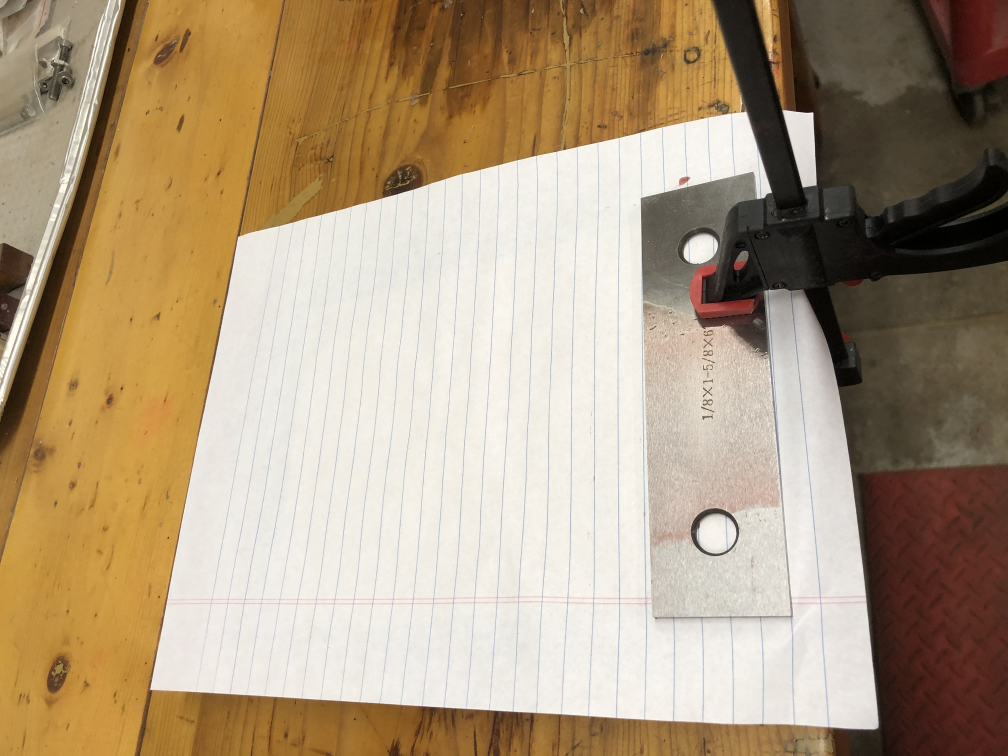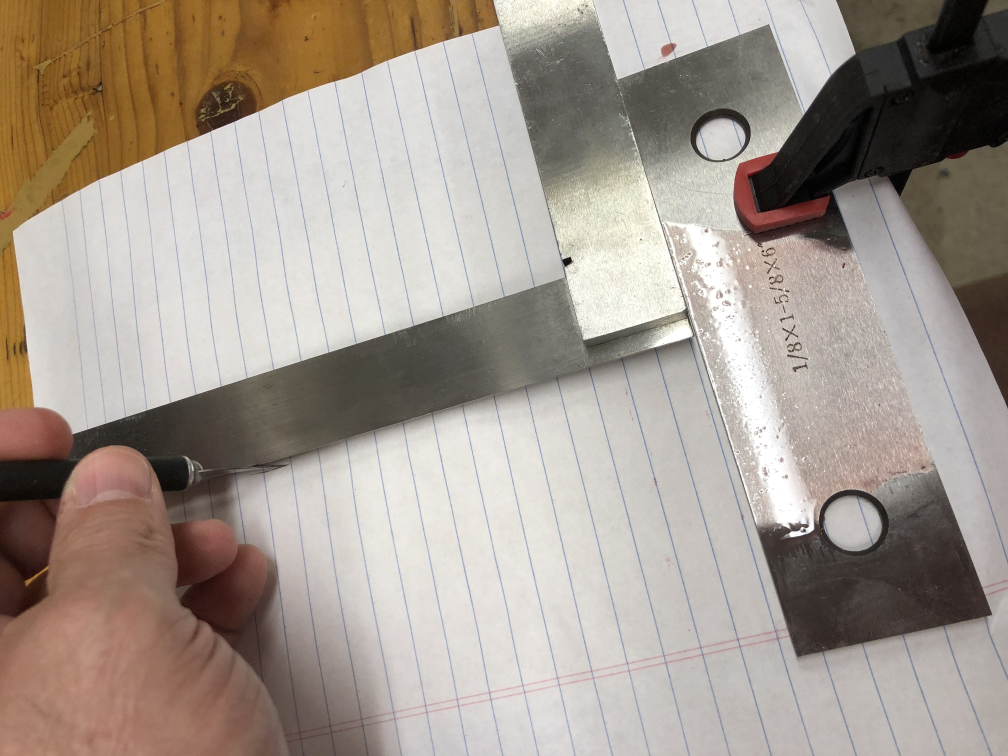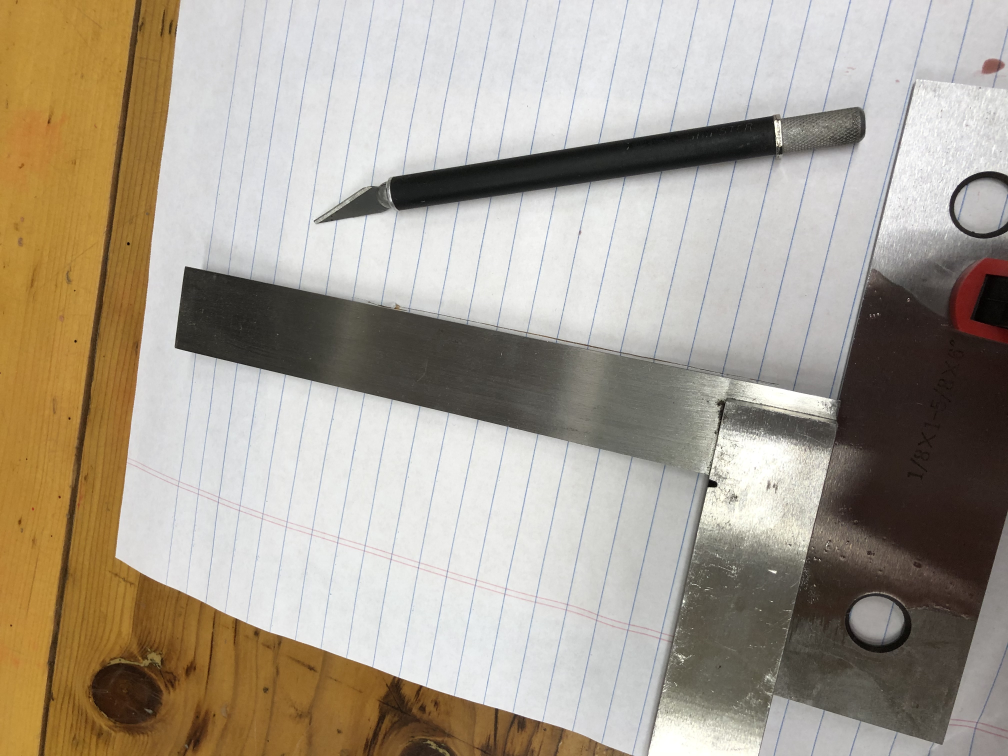I have several squares in my shop. Those used for woodworking tend to be more ‘forgiving’ in their accuracy but I like to tune them up as good practice. My metal working squares, however, I keep a close eye on for accuracy as I use them to calibrate other things in the shop. If they are off, every tool that I use will be off as well.
I have one large square that I paid extra for, called my Reference Square. I don’t use this for anything and am extremely careful with it not to bump or drop it. This is the square against which I test the others for adjustment. But I still check it from time to time…..
Most people check a square by placing it along a known flat edge and drawing a line, then flipping the square and drawing another line. If the two lines are parallel, it is assumed you have a true 90 degree square. However, this depends on the flat surface being absolutely flat, otherwise the angle will be off. Again, the precision of one tools affects the next measurement.
I use a precision ground Parallel that is accurate to .0001″.



As it turns out, all three of my squares seemed to still be true. As a final test, I line them up with each other on top of the precision parallel (maintaining a flat surface it critical, remember?)
With a light object behind them (my precision paper towel roll) and lit up, if you see any light between the squares when placed end-to-end, they are not true.

The large square on the right is my reference square. Notice that there is light leaking from between the squares at the bottom but NOT at the top? This is because they are not parallel. Since we are assuming that they are both on a reference flat surface, then the square on the left must be incorrect.
Well, that would be the case normally. As it turns out my squares were in perfect true to each other. So I placed them in this picture on a normal surface INSTEAD of my referenece flat parallel, and they look like the small one is incorrect. It did give a good picture, though, and demonstrate exactly why the flat reference surface on which they stand MUST be absolutely flat, otherwise everything after words is incorrect.
Here is what they actually looked like when placed on my proper reference flat parallel.

Ah, nice to know nothing has drifted. Now check the baby square so it doesn’t feel neglected….

Now that I know they are all properly square, I wipe off any dirt and oil from my skin, then put on some neoprene gloves like a proctologist. Give them a good rubbing with Camelia Oil to prevent rust then back into the heated toolbox ready for use.